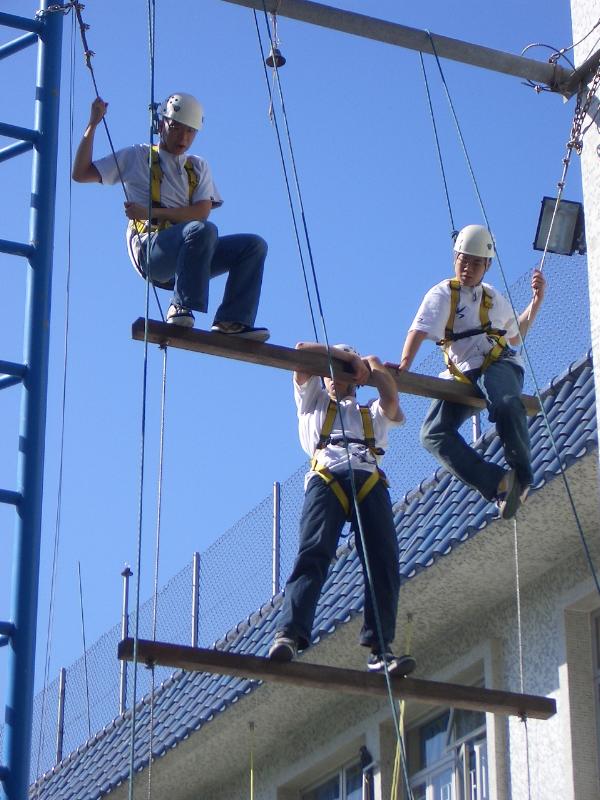
How do we deal with legitimate demands for greater employee participation and involvement? How do we give employees (back) impact on their work domain? How do we create and encourage ownership? In the New Organisation the answer is: through cooperation, i.e. teamwork!
Teamwork revolves around the targeted deployment of employees who, thanks to their differences, complement and reinforce each other and thus achieve results. Team members are given the ability and authority to organise their work within their process. Teamwork, however, needs to be structured, directed. Goals, roles and working arrangements are thoroughly set out, shared and individually accepted.
Team structure
The team is focused on a well-defined set of activities so that team members can collectively pursue a set of well-defined results, team members may be physically not too far away from each other and the aspiration is to accommodate a maximum of 12 members in one team. It is often tempting to readily accept pre-existing teams as self-managing ... but are these existing groups indeed organised around clearly defined processes, a strict criterion for proper functioning?
Specific team objectives
Without common objectives, no team. Turning a group of individuals into a team requires chasing the same trophies: high, achievable goals, precisely formulated, understandable and directly influenceable by the team.
Competence growth
Proper task rotation and polyvalence are the first steps towards teamwork. If we want to delegate the competence of certain tasks to teams, we must ensure that they have the necessary competences, that they have an affinity for the new tasks and are willing to learn and perform them. A polyvalence matrix can become a team tool for this purpose.
Visualisation
Seeing makes you think. Thinking makes you act. Acting produces results. Visualisation or making visible what can influence the team fulfils a stimulating role that should not be underestimated.
Communication
Teamwork stands or falls on how team members build relationships with each other and with their environment. The feeling of working in harmony on a common project is created through frequent communication, focused and planned meetings.
Relationship development and team building
Working in a team is not easy. It requires a number of (inter)personal skills such as assertive and effective communication, giving and receiving feedback, meeting skills, dealing with feelings, consultation and decision-making skills, problem-solving thinking, handling conflicts. The creation of a team, the development of the 'we-feeling', follows certain group dynamics that cannot be ignored with impunity. A team coach has an eye for this.
With his TAO 2.0 assessment, Stanwick has a framework and approach to create a state of mind for any organisation,. The Teamwork lens zooms in on the maturity of teams and examines how people work together at the micro level, how team goals are set, what team agreements are made around internal functioning. This aspect of the picture indicates the extent to which teams really work. Building effective teams and skillfully responding to team dynamics are 2 spearheads of the Stanwick consultants.
Jean-Paul Nauwelaers


